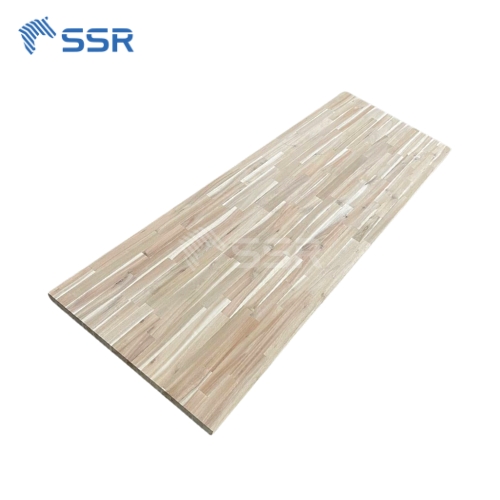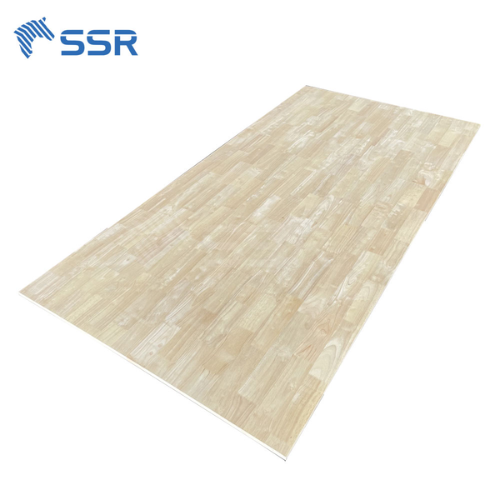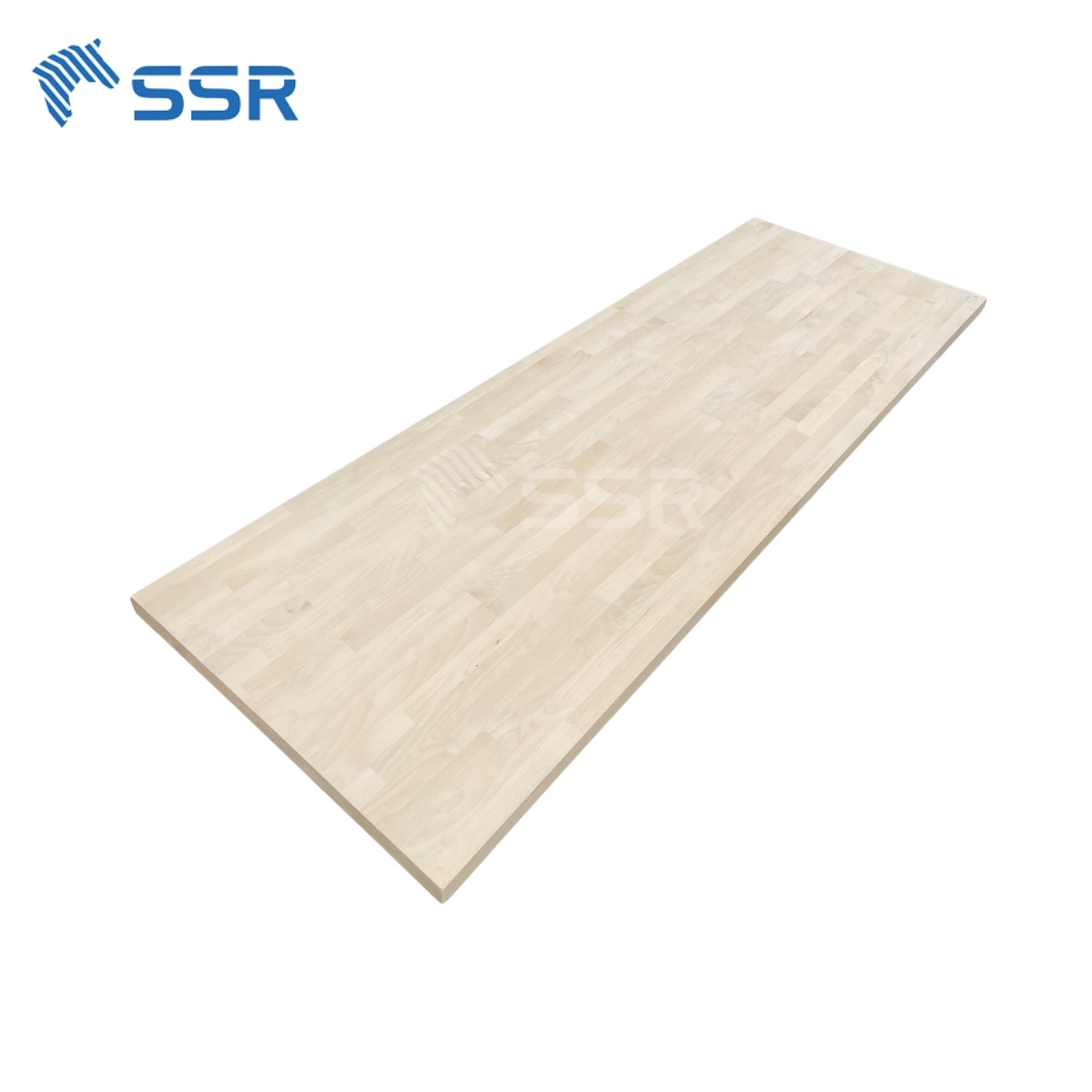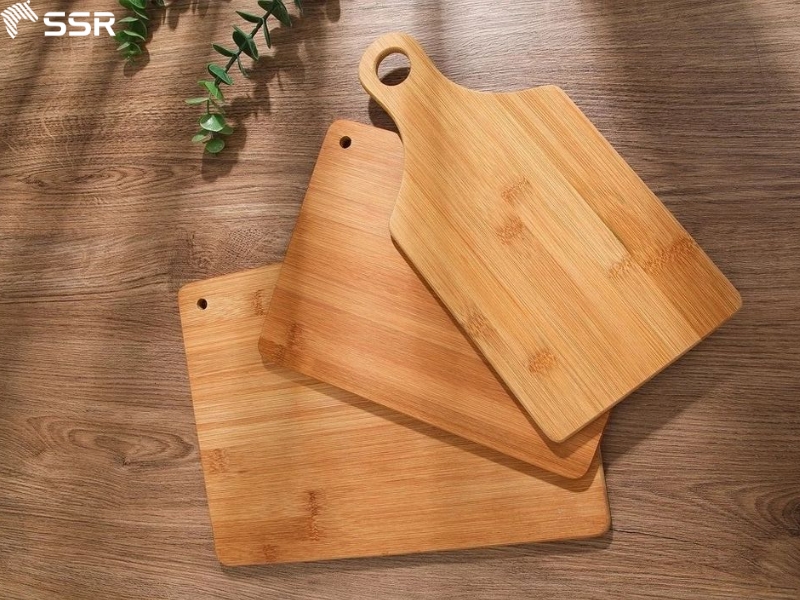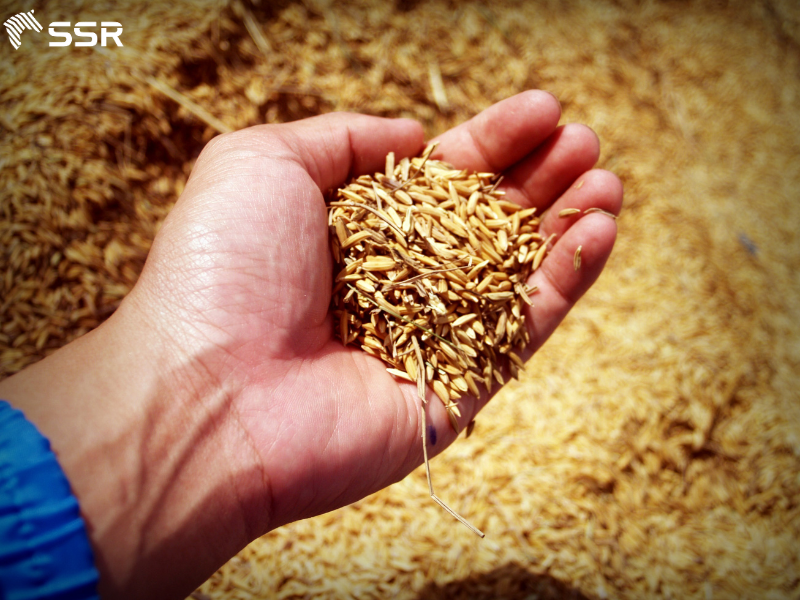NEWS
“Luxury”, “up-to-date”, “elegant” or countless other dainty phrases are used to describe wooden floors. At the same time, many customers lamented when one day they turn over the wooden panels and a termite nest lay underneath. There are also some unexpected errors when using wooden floors that will be mentioned below. So is choosing the type of wood for flooring important? The answer is as expected and let’s grasp 5 ideas for choosing the type of wood for flooring.
Problem concerns about wood for flooring
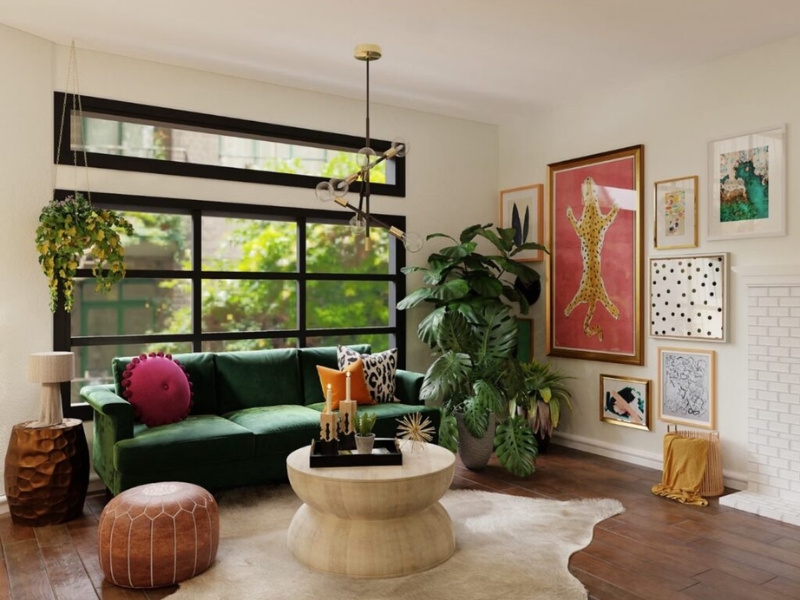
Problem concerns about wood for flooring
The environment is always a factor that takes away the glory of many pieces of furniture over time, and wood flooring types can also encounter some problems:
- Shrinkage
Wood for flooring can shrink when the environment is too humid or dry, leading to the wood shrinking or expanding. This can cause gaps between wood panels or cause deformation of the floor.
- Break-up
Wood can break up if subjected to strong impacts, or due to uneven wood structure.
- Termites
This is a common problem with wood if not properly stored and maintained. Termites can cause serious damage to the wooden floor structure.
- Susceptible to humidity-mold
If exposed to high humidity, mold can grow, damaging wood and reducing indoor air quality.
- Discoloration
Wood can change color when exposed to too much sunlight or using inappropriate cleaning products.
Criteria for choosing wood for flooring
When choosing wood flooring, you should consider the following:
- Wood material
The material of wood is closely related to its durability, scratch resistance, impact resistance, abrasion resistance, stability, and humidity changes to avoid excessive shrinkage or expansion, and the aesthetics of the final product.
- Thickness and size of the wooden panel
The thickness and size of the wooden panel determine the strength and stability of the wooden floor after installation.
- Surface coating
The surface coating protects wood floors from damage caused by abrasion, scratches, and sunlight. Common coatings include polyurethane (PU) and UV lacquer.
- Manufacturing and installation process
The wooden floor production process combines the application of the AC scratch resistance index and the use of advanced technologies to help improve the durability and quality of the product. The installation process includes using materials, chemicals, preservatives, and soundproofing techniques to minimize problems such as warping, leaking, wear, and noise while increasing convenience in cleaning. Therefore, choosing a reliable wooden flooring supplier is equally important, to ensure quality and peace of mind for consumers.
- Preserve when in use
Although wooden floors are highly durable, if not properly maintained, they can still be scratched. To minimize this, avoid friction on floor surfaces using hard materials such as shoes with sharp heels and moving furniture directly on the floor. In addition, appropriate cleaning agents and maintenance measures should be used to protect the wood’s surface coating.
Grasp 5 ideas for choosing the type of wood for flooring
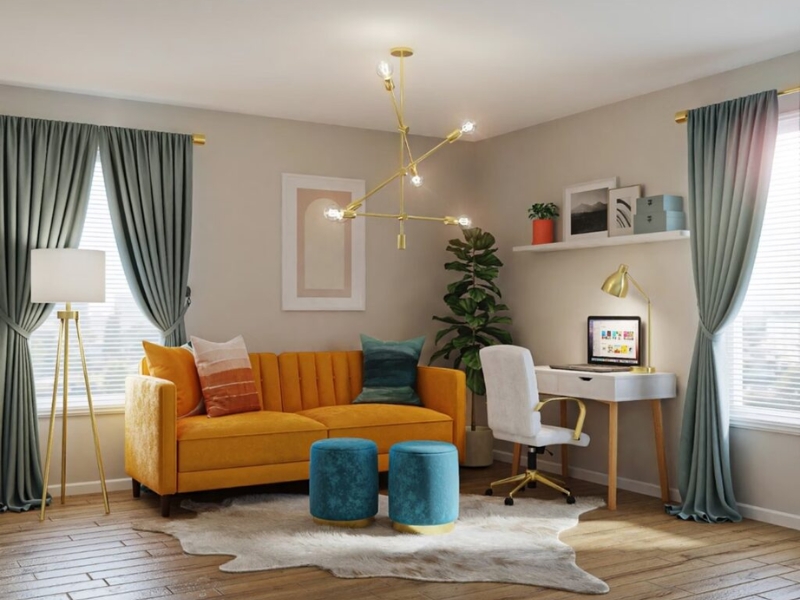
Grasp 5 ideas for choosing the type of wood for flooring
The savior solution to the ominous phenomena of precision wood flooring lies here. A high priority is given to hardwoods, including the five featured below that can provide excellent options.
- Oak wood
Oak floors have durability and longevity, and warm and luxurious beauty from natural wood grain. It has good moisture resistance and is easy to maintain, no need to use harsh chemicals. Manufactured from recycled wood or sustainably managed forests, environmentally friendly and available in a variety of colors and patterns.
- Eucalyptus wood
Eucalyptus wood floors are made from high-quality natural wood, with a variety of colors and patterns. Effectively prevents scratches and abrasion, and has a waterproof lock for easy installation and cleaning. Reasonable price, compatible with most consumers.
- Ash wood
Ash wood floors have effective soundproofing and noise-reduction properties. Maintains dimensional stability and does not shrink due to changing weather conditions. Feels smooth and soft to the touch, suitable for high-traffic areas. Good termite and scratch resistance thanks to high-quality surface coating.
- Pine wood
Pine floors are made from recycled wood or sustainably grown forests, minimizing negative impacts on the environment. Has good sound insulation and brings a feeling of relaxation. Diverse in designs and sizes, flexible in customizing colors and patterns.
- Bamboo wood
Bamboo wood flooring is unique with natural beauty, moisture resistance, and good tolerance. Reduce noise and improve indoor air quality. Manufactured from recycled materials, without using toxic chemicals, ensuring a healthy living environment.
Each type of wood has its advantages, meeting different interior design styles. Above are the rankings based on functionality, durability, and aesthetics. In addition, if you highlight outdoor furniture products, the preferred order will be eucalyptus wood, ash wood, oak wood, bamboo wood, and pine wood. Of course, when ranked according to the level of safety for the ecosystem, this order may change. Therefore, the arrangement will depend on many factors and not only the above types of wood in the classification table. When choosing, prioritizing consideration of material characteristics along with your budget and design preferences will contribute to choosing the most suitable type of wood.
Grasp ideas for choosing the type of wood for flooring is a prerequisite step. Along with periodic maintenance steps, adjusting living and working places to prevent negative factors on wooden floors. Replace damaged wooden panels when necessary to protect the wooden floor completely.
Featured Products
Acacia Wood Butcher Block Countertops Supplier
Specifications:
- Species: Acacia
- Moisture: < 12%
- Wood Stave (Length): 150-400 mm
- Wood Stave (Width): 30-80 mm
- Length & Width tolerance: 0/+3 mm
- Thickness tolerance: +/- 0.2 mm
- Glue: D4
- Quality: AB, BC or customized
- Surface finish: Sanding 180-240 grit, 2 faces
Rubberwood Finger Joint Board Supplier
- Species: Rubberwood
- Moisture: <12 %
- Wood Stave (Length): 150-600 mm
- Wood Stave (Width): 35-80 mm
- Length & Width tolerance: 0/+3 mm
- Thickness tolerance: +/- 0.2 mm
- Glue: D4
- Quality: AA, AC or customized
- Surface Finish: sanding 240-320 grit, 2 faces
Birch Butcher Block Countertop Supplier
Specifications:
- Species: Birch
- Moisture: < 12%
- Wood Stave (Length): 150-400 mm
- Wood Stave (Width): 20-80 mm
- Length & Width tolerance: 0/+3 mm
- Thickness tolerance: +/- 0.2 mm
- Glue: D4
- Quality: AB, AC or customized
- Surface finish: Sanding 180-240 grit, 2 faces.
Featured News
Related News
Bamboo Cutting Board Tips for Distributors – SSR VINA
Bamboo has become a popular alternative to traditional hardwoods when it comes to kitchen cutting boards. But is it really a good choice for your kitchen? In this guide, we’ll cover everything from the benefits and downsides to care instructions, environmental impact, and FAQs. What is a Bamboo Cutting Board? A bamboo cutting board is […]

Biomass Energy: The Natural Powerhouse of Renewable Energy
In the search for sustainable energy solutions, biomass stands out as one of the most promising alternatives to fossil fuels. But what exactly is biomass, and why is it gaining attention around the world? Let’s explore how this natural energy source works, where it’s used, and what the future holds. What Is Biomass? Biomass refers […]

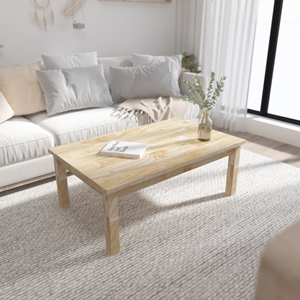
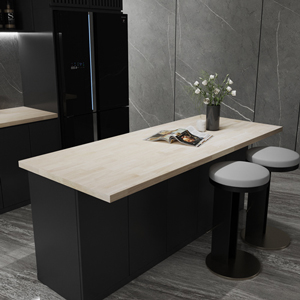
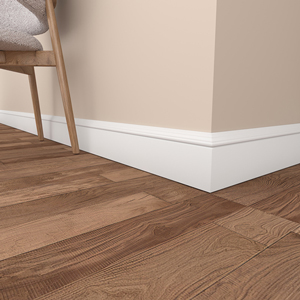
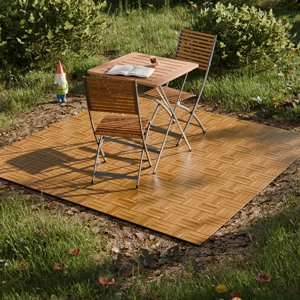
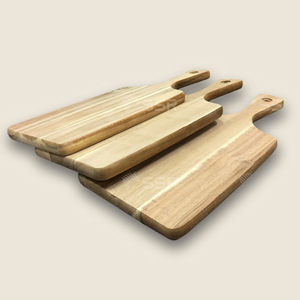
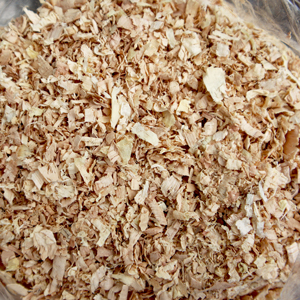

 Tháng 7 25, 2024
Tháng 7 25, 2024 | SSR
| SSR